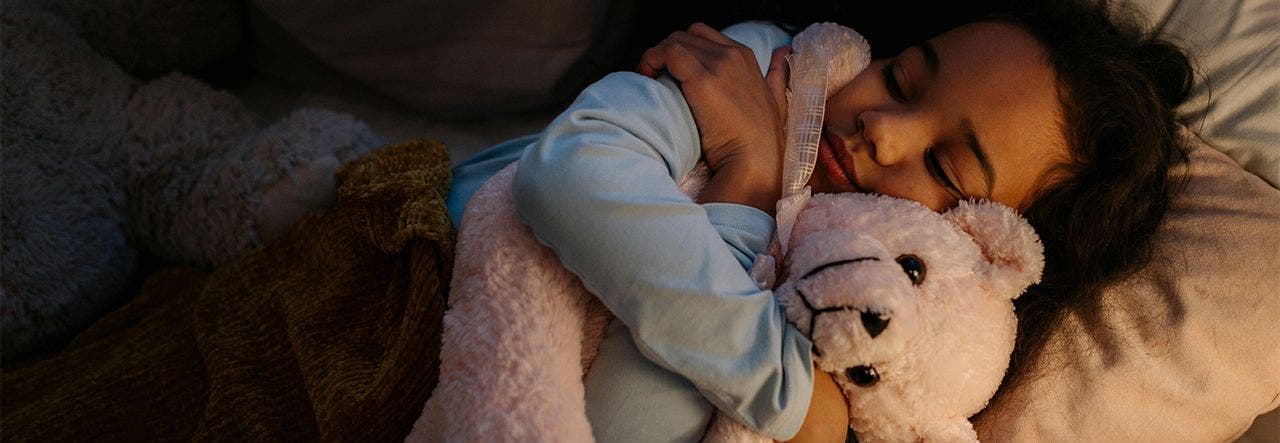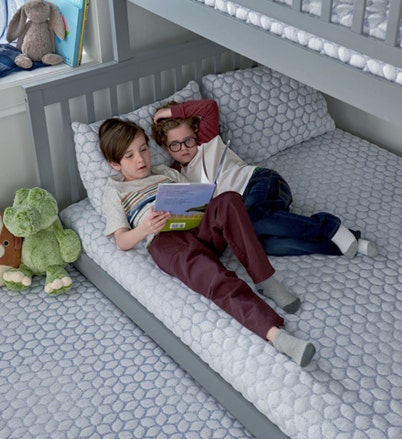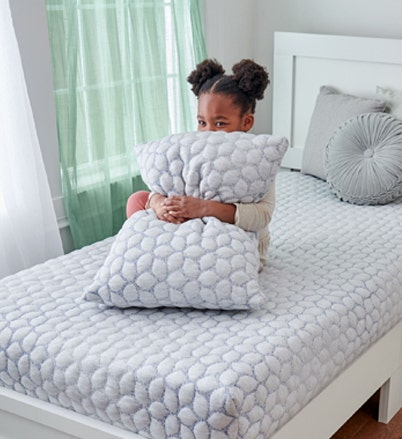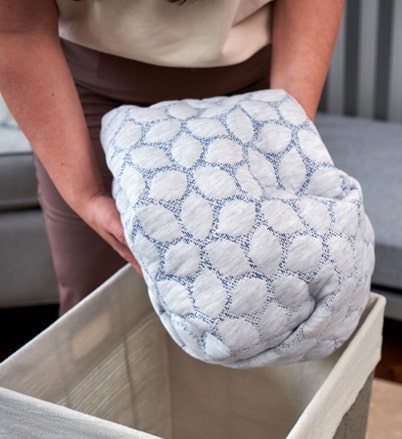Will a “Lovey” Help Your Child Sleep?
Every parent knows the struggle of trying to get their little one to sleep peacefully through the night. From establishing bedtime routines to creating a soothing sleep environment, the quest for better sleep for our children is a never-ending journey.
One popular tool in the parental arsenal is the "lovey" – a soft, comforting object often associated with children's sleep. But can a lovey truly help your child sleep?
As a gentle sleep training consultant, I have some advice for parents when it comes to lovies. So let's explore the science and benefits behind this beloved sleep aid.
Understanding the Lovey
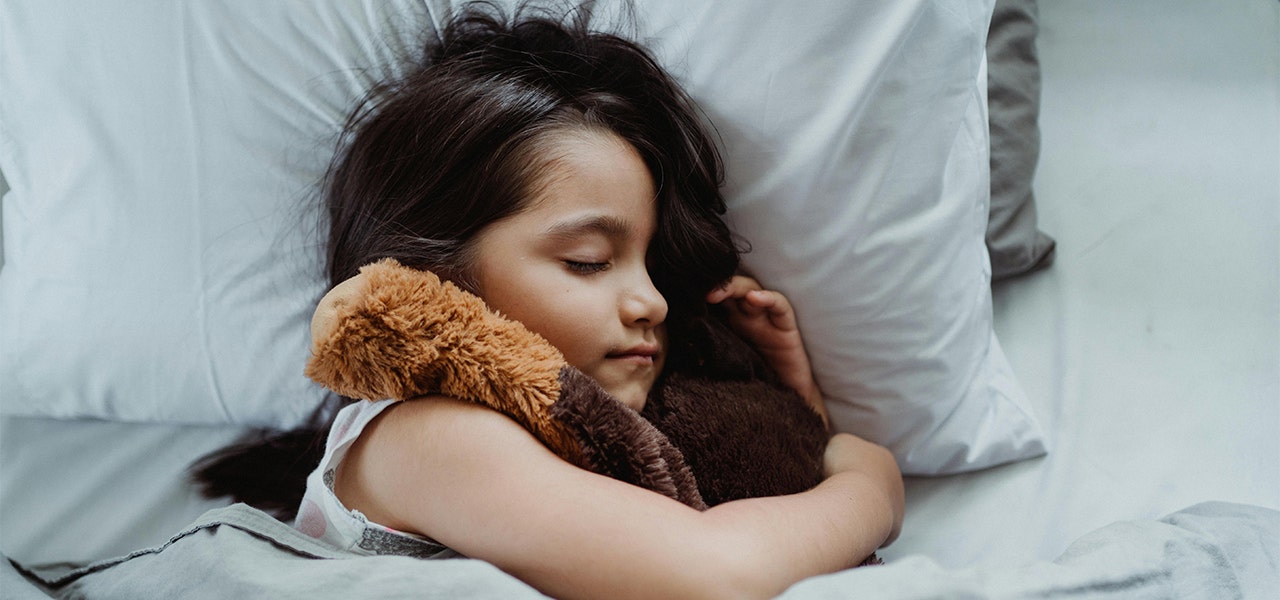

A lovey can play a significant role in a child's sleep routine. Also known as a security blanket or comfort object, it’s typically a small, soft item such as a blanket, stuffed animal or plush toy that a child forms an attachment to for comfort and reassurance. It serves as a source of emotional support and can provide a sense of familiarity and security, especially during times of stress or anxiety, such as bedtime or naptime.
The Role of Attachment
You may wonder whether to introduce a lovey to your child or wait for them to develop an attachment to something they already have – either is fine. Attachment theory suggests that forming strong emotional bonds with caregivers and comforting objects is essential for healthy development, particularly in infancy and early childhood.
Not all children form attachments to lovies; some never get attached to anything. But for many children, a lovey can serve as a transitional object, helping them to navigate the separation from their primary caregivers and develop a sense of autonomy and self-soothing skills.
If you want to encourage your child to have a lovey, there are several things you can do to help them develop an attachment to it. It's important to be patient because this process may take some time.
Benefits of Lovies for Sleep
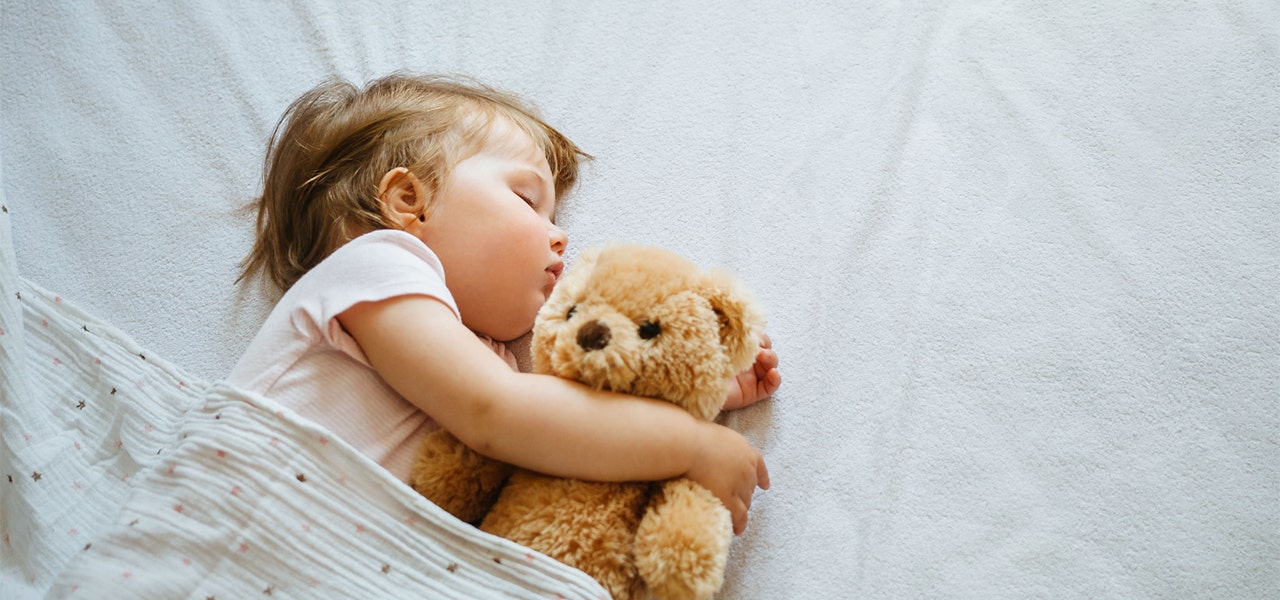

For many, lovies really do make bedtime routines smoother and help kids develop better sleep habits – let’s take a look at why!
Comfort and Security
A lovey provides children with a sense of comfort and security, which can help reduce anxiety and promote relaxation at bedtime. Having their beloved object nearby can reassure children and ease their transition into sleep, leading to more restful nights.
Self-Soothing
Encouraging children to self-soothe is an important aspect of sleep training. By forming an attachment to a lovey, children learn to comfort themselves independently, reducing the need for parental intervention during the night and fostering healthy sleep habits.
Consistency and Routine
Incorporating a lovey into your child's bedtime routine can establish a sense of consistency and predictability, signaling to them that it's time to wind down and prepare for sleep. Consistent sleep routines are crucial for promoting healthy sleep patterns and preventing bedtime battles.
Transitional Object
As children grow and develop, they experience various milestones and changes that may disrupt their sleep patterns, such as moving to a new home or starting daycare. A lovey can serve as a familiar and comforting presence during these transitions, helping children feel safe and secure in unfamiliar environments.
Choosing the Right Lovey for Baby
When selecting a lovey for baby, consider factors such as softness, size and safety. Opt for materials that are non-toxic and easy to clean. Avoid objects with small parts or loose threads that could pose a choking hazard.
If you find something your child loves and considers their lovey, I advise purchasing an extra one. Nothing is worse than your child being unable to sleep without their lovey. If it gets left somewhere or misplaced, you'll have a backup to ensure your child sleeps well.
I learned this the hard way when my children got attached to something, and we didn't buy spares. It was exhausting trying to make sure it was always with us!
When Can Babies Sleep with a Lovey
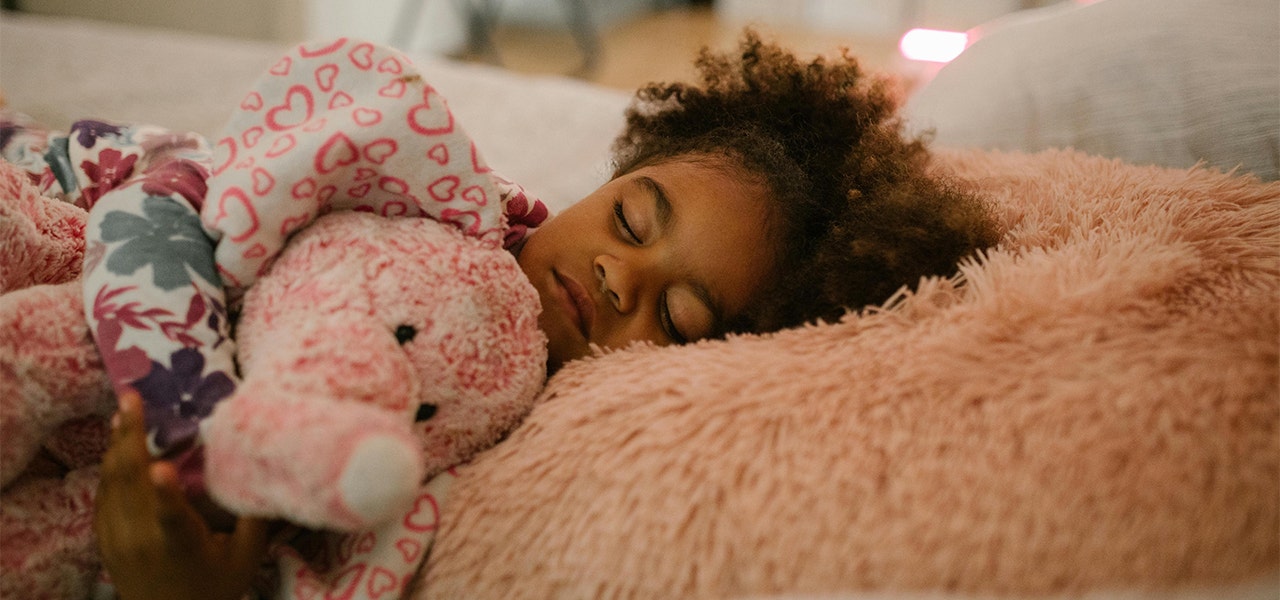

It's essential to introduce the lovey to your child gradually and supervise their use, especially during infancy. You can start introducing a lovey for Baby when they are a newborn. However, do not allow them to sleep with it until they are out of the crib to minimize the risk of suffocation.
Tips for Introducing a Lovey
Not all children will develop an attachment to a lovey naturally. Here are some tips to help them.
Start Early
Introduce the lovey to your child early in infancy to allow them to form a strong attachment over time. Add your scent to the lovey by carrying it around with you during the day before your child is born or even placing it in your bed for a little while. This will help your child feel safe and comforted when they cuddle up with it.
Associate with Sleep
Incorporate the lovey into your child's bedtime routine, such as cuddling it while reading a bedtime story or singing a lullaby. Making the lovey part of your sleep routine helps your child associate it with sleep.
Be Patient
Give your child time to develop a bond with their lovey. It may take weeks or even months for them to fully embrace it as a comfort object. You might want to allow the lovey to be part of other activities throughout the day so your child can form a bond with it faster. For example, you can bring it along on car rides or playtime.
Offer Reassurance
Have the lovey with you when you are soothing your child. Feeding time is perfect. Let your child hold the lovey or just have it with you. You can also encourage your child to use their lovey when they're feeling upset or anxious to reinforce its role as a source of comfort and security.
A lovey as part of a child's sleep routine can have numerous benefits. By providing comfort and security, loveys can help promote healthy sleep habits and improve sleep quality for children. However, it's important to choose a safe and suitable lovey and to follow safety guidelines to ensure a safe sleep environment.
With the right approach, loveys can be a valuable tool in helping your child get the best night's sleep. Remember, it can take a while for your child to really get attached to something, so hang in there.
Lovey not helping the bedtime battle? If your baby is still fighting sleep, check out these tips!

 Baby
Baby
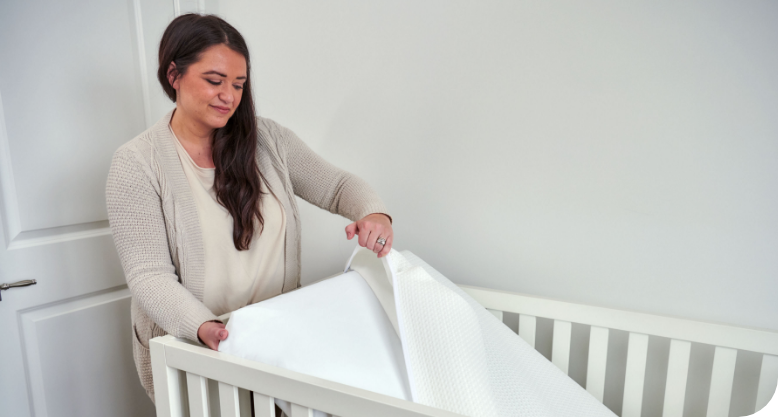
 Kids
Kids
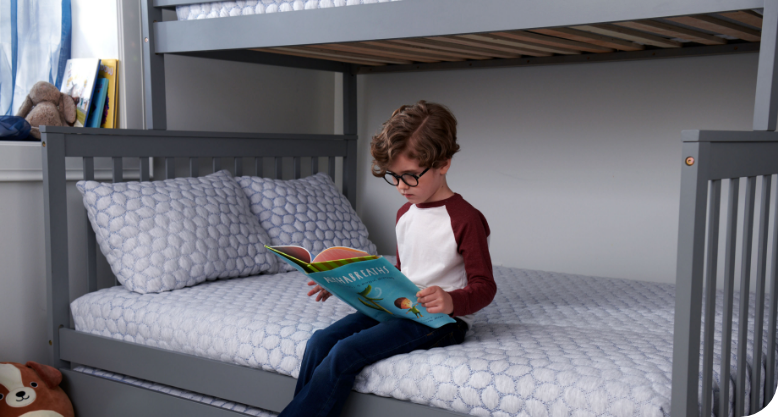
 Learn
Learn
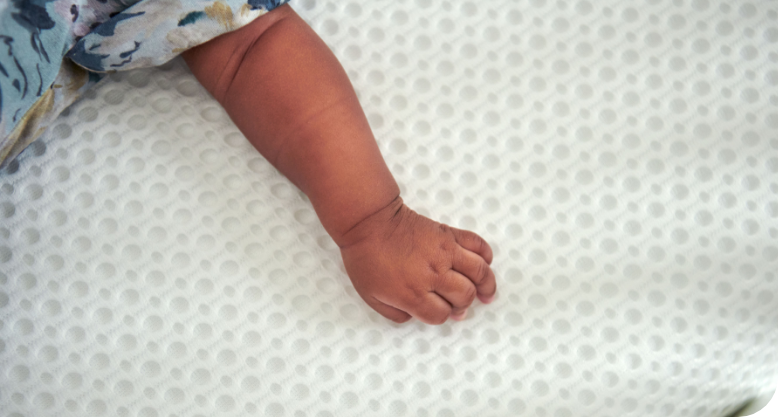
 FIND A STORE
FIND A STORE CONTACT
CONTACT